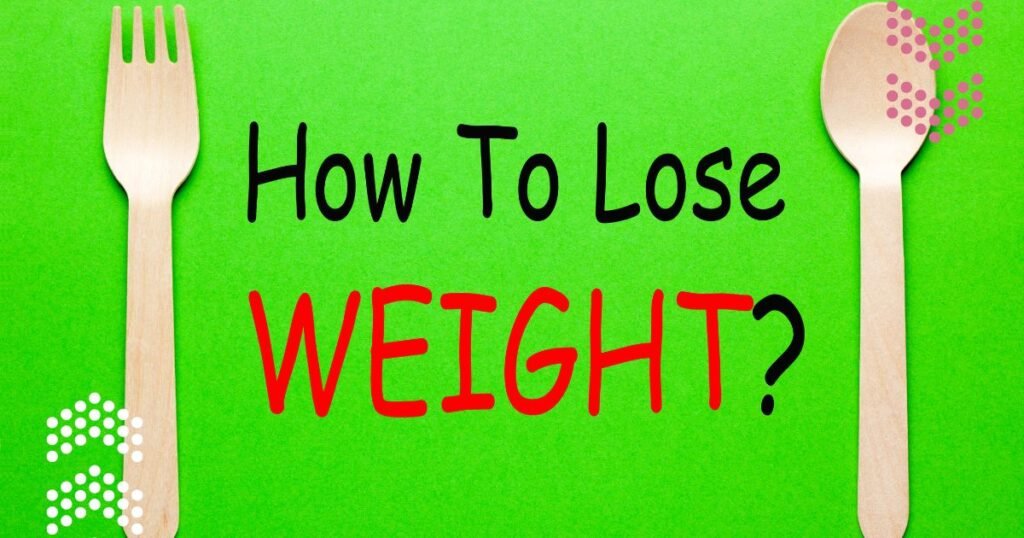Understanding Energy Balance in Women’s Weight Loss
Energy balance plays a pivotal role in weight loss for women. It refers to the balance between the calories you consume and the calories you burn. If you consume more calories than you expend, the excess is stored as fat. Conversely, if you burn more calories than you take in, you lose weight. For women, this balance is influenced by factors like hormones, metabolism, body composition, and age. By understanding these elements, women can create a healthy and sustainable weight-loss strategy that supports long-term well-being.
Women face unique challenges when managing their energy balance. These include hormonal fluctuations, particularly during the menstrual cycle, pregnancy, and menopause, which can impact metabolism. Additionally, women generally have less muscle mass than men, which means they burn fewer calories at rest. Therefore, finding the right balance of energy intake and expenditure is crucial for successful weight loss.
The Science of Weight Loss for Women: Understanding Deficits
A caloric deficit occurs when you consume fewer calories than your body needs to maintain its current weight. For women, achieving this deficit can be a bit more challenging than it is for men due to hormonal influences, metabolic rates, and body composition. Women’s bodies are designed to conserve energy more efficiently, particularly during times of stress or caloric restriction, making it harder to lose weight. Women’s metabolic responses to caloric deficits are also different, often slowing down quicker than men’s in response to food reduction.
While creating a caloric deficit is necessary for weight loss, it’s important to do so in a healthy, sustainable way. Crash diets or extreme caloric reductions can lead to muscle loss, metabolic damage, and nutrient deficiencies. A safe caloric deficit for women should typically be between 250-500 calories per day, depending on their activity level and overall goals. Gradually reducing calorie intake and increasing activity levels can help women achieve their weight-loss goals without putting their health at risk.
To dive deeper into how deficits work for women, check out our article on the science of weight loss for women.
How Women’s Energy Intake is Used for Digestion, Physical Activity, and Resting Functions
Women’s energy intake is utilized in three primary ways: for basal metabolic rate (BMR), physical activity, and digestion. These components together determine how many calories a woman needs daily to maintain her weight, and any excess energy intake leads to weight gain. Here’s how energy is used:
Basal Metabolic Rate (BMR)
The basal metabolic rate accounts for the majority of the calories a woman burns in a day. BMR represents the energy required for basic bodily functions like breathing, circulating blood, and maintaining body temperature. Women’s BMR is typically lower than men’s due to lower muscle mass, which makes it essential to maintain muscle tissue through strength training and adequate protein intake.
Physical Activity
Physical activity plays an important role in energy expenditure, but it accounts for a smaller portion of daily calorie burn compared to BMR. Activities such as exercise, walking, and even day-to-day tasks contribute to caloric burn. For women, it’s important to combine cardiovascular exercise with resistance training to maximize energy expenditure and promote muscle growth, which can elevate BMR.
Digestion (Thermic Effect of Food)
The thermic effect of food (TEF) refers to the energy used to digest, absorb, and process the food women consume. Certain types of food, especially protein, require more energy to digest, which can slightly increase the number of calories burned throughout the day. Learn more about how your energy intake is distributed across these three functions.
The Thermic Effect of Food (TEF) in Women: How Certain Foods Burn More Calories During Digestion
The thermic effect of food (TEF) accounts for approximately 10% of daily energy expenditure. This refers to the calories your body uses to digest, absorb, and metabolize nutrients from food. For women, certain macronutrients can enhance this effect. Protein has the highest thermic effect compared to fats and carbohydrates, which means your body burns more calories digesting protein-rich foods. This makes protein a valuable part of a weight-loss plan, as it not only helps build muscle but also increases calorie burn during digestion.
Protein
When women consume protein, their bodies burn about 20-30% of the calories in the food just by breaking it down. This makes high-protein foods like lean meats, legumes, and dairy products excellent choices for those aiming to lose weight. Incorporating protein at every meal can help women maintain a higher caloric burn throughout the day.
Carbohydrates and Fats
Carbohydrates and fats have a lower thermic effect, but they are still essential for overall health. Complex carbohydrates, such as whole grains and vegetables, are particularly beneficial because they provide sustained energy and are slower to digest, contributing to satiety. Healthy fats like those from avocados, nuts, and seeds are also important for women’s hormonal health and help in absorbing fat-soluble vitamins.
To maximize the benefits of TEF, learn how to leverage certain foods in your diet.
The Role of NEAT (Non-Exercise Activity Thermogenesis) in Caloric Burn for Women
Non-exercise activity thermogenesis (NEAT) refers to the calories burned through activities that are not considered formal exercise. This can include walking, cleaning, standing, or even fidgeting. While it may not seem significant, NEAT can contribute to a substantial portion of daily energy expenditure. For women, especially those with sedentary jobs, increasing NEAT can make a big difference in maintaining a caloric deficit.
Simple ways to increase NEAT include walking more throughout the day, taking stairs instead of elevators, standing while working, or incorporating short activity breaks. Over time, these small changes add up and can boost total caloric burn. Find out more about how you can improve NEAT for better weight loss results here.
Creating a Caloric Deficit the Right Way for Women vs. Drastic Measures
When it comes to weight loss, many women are tempted to take extreme measures to see quick results. Very low-calorie diets, excessive exercise, or fad diets are often seen as the solution. However, these drastic measures can do more harm than good. Prolonged calorie restriction can lead to muscle loss, nutrient deficiencies, and metabolic damage, making it harder to maintain weight loss in the long run.
Instead of resorting to these methods, it’s crucial for women to focus on creating a sustainable caloric deficit. This involves moderate portion control, balanced meal planning, and consistent physical activity. By creating a modest caloric deficit, women can ensure they lose fat, not muscle, while preserving metabolic health. Explore the best ways to create a caloric deficit that works for your body.
The Risks of Prolonged Caloric Deficits for Women: Metabolic Damage and Nutrient Deficiencies
While creating a caloric deficit is necessary for weight loss, prolonged deficits can lead to metabolic damage and nutrient deficiencies. When women follow a very low-calorie diet for extended periods, their bodies adapt by slowing down metabolism to conserve energy. This phenomenon, often referred to as “metabolic damage,” can make it difficult to lose weight and may lead to long-term health problems.
Additionally, severe caloric restriction can result in nutrient deficiencies. Essential vitamins and minerals like iron, calcium, and B-vitamins are often lacking in restrictive diets. These deficiencies can lead to a host of health issues, including fatigue, weakened immune function, and even hormonal imbalances. To avoid these risks, women should focus on maintaining a balanced diet that provides sufficient nutrients while still promoting weight loss.
Learn more about the risks of prolonged caloric deficits and how to avoid them while losing weight.
Conclusion: The Key to Effective Weight Loss for Women
Energy balance is the foundation of effective weight loss. Women must focus on sustainable methods, avoid extreme caloric restrictions, and ensure adequate nutrition for long-term health and wellness. By understanding how their bodies use energy and creating a sensible caloric deficit, women can achieve lasting weight-loss results without compromising their health.
If you want to learn more about calories in vs. calories out, check out our in-depth guide.
For more tips and resources on women’s health and weight loss, browse our website to explore all we have to offer, from healthy recipes to fitness tools and weight loss programs!


